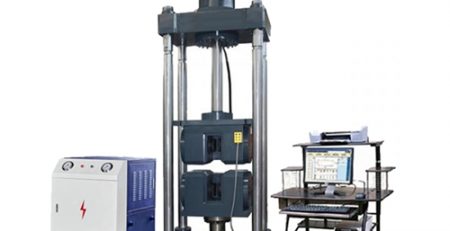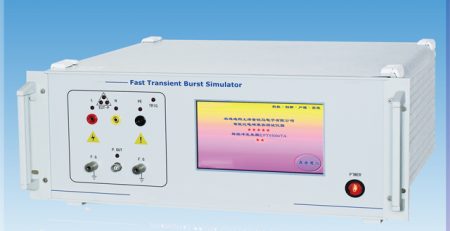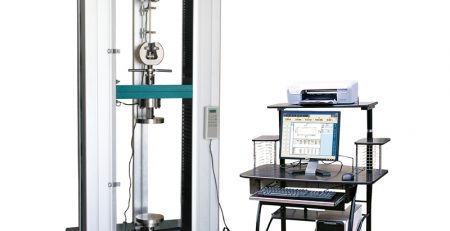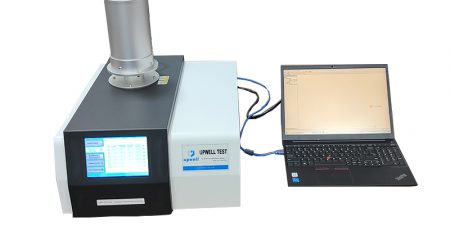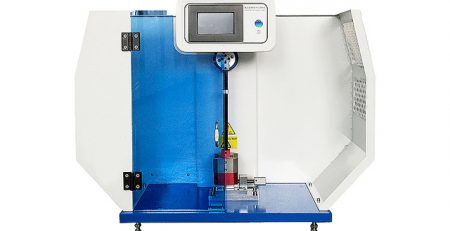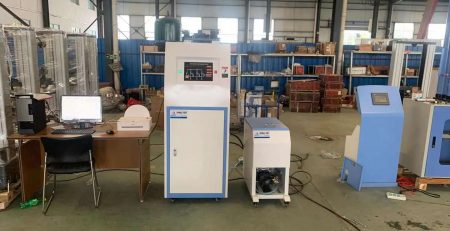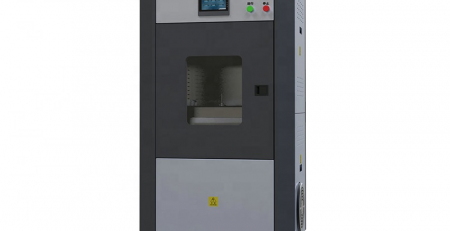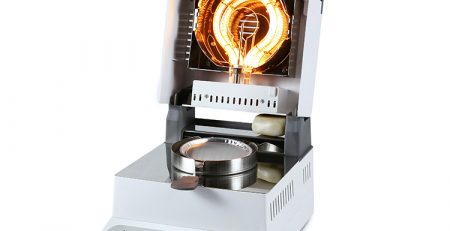- In order to ensure the normal use of the differential scanning calorimeter, the sample must not be thermally decomposed within the test temperature range, will not react with metal aluminum, and will not corrode. If the sample to be measured can generate a large amount of gas during the heating process, or can cause an explosion, the instrument cannot be used. Therefore, you should have a general understanding of the nature of the sample before testing.
- Check whether all connections of the differential scanning calorimeter are correct, whether the gas used is sufficient, and whether the tools are complete.
- In the test, if the aluminum crucible is selected as the sample vessel, the high temperature of the test should not exceed 550°C. If the high temperature in the experiment exceeds 550°C, a ceramic crucible can be used.
- The laboratory room temperature is controlled at 20°C-30°C, and the experiment results have high degree and repeatability when the temperature is relatively constant. When the room temperature is high, the air conditioner needs to be turned on to ensure that the ambient temperature is relatively constant in a short period of time.
- In order to ensure the accuracy of the test results, when using the instrument, first burn it in an empty space (without placing any samples and reference materials) for about 30 minutes.
- When the instrument is not used for a long time, when it is used again, it must be burned for two or three times. You can set the temperature to 400°C, the rate to 10°C/min, and the constant temperature to 0min, and then press the [Run] key.
- The bottom of the crucible of the differential scanning calorimeter should be flat, without jagged or bend, otherwise the heat transfer will be poor.
- When preparing a DSC sample, do not spill the sample on the edge of the crucible, so as not to contaminate the sensor and damage the instrument. The bottom of the crucible and all external surfaces must not be attached to samples and impurities to avoid affecting the experimental results.
- The amount of sample should be appropriate, not too much, nor too little. The solid sample is generally about 20 mg. The liquid sample does not exceed two-thirds of the crucible capacity. If the sample amount is required otherwise, determine the amount according to the requirements.
- For inorganic samples, it can be ground and sieved in advance; for polymer samples, it should be as uniform as possible; fibers can be made into the same length of 1-2 mm; powder samples should be compacted.

Differential Scanning Calorimeter,DSC
- The crucible is placed in a fixed position in the holder. When the sample amount is small, it should be evenly spread on the bottom of the crucible, not on one side; if the sample is pellets, it needs to be placed in the center of the crucible.
- The heating rate is generally 10-20℃/min. If it is too large, the curve will drift and reduce the resolution; if it is too small, the measurement time will be long.
- Differential scanning calorimeters must not use hard objects to clean the sample holder and the experimental area to avoid irreversible damage to the instrument.
- If there is dust or other powdery debris in the experimental area, use the ear wash ball to blow it off, and be careful to blow it with your mouth to confuse your eyes.
- When the experimental area is seriously polluted, you can set the temperature to 500°C, the rate to 20°C/min, and the constant temperature to 0min, and then press the [Run] key.
- In the process of collecting data, avoid obvious vibration around the instrument. It is strictly forbidden to open the upper cover. A slight touch to the front of the instrument will cause obvious peaks and valleys on the DSC curve.
- Differential scanning calorimeters should not adjust the flow of purified gas during data collection, because slight changes in gas flow will affect the DSC curve.
- After the experiment is over, be very careful about the DSC furnace lid, and use tweezers to handle it gently to avoid being scalded or damaged by the furnace lid.
- Power supply: AC220V, 50HZ, power consumption> 2000W.
- The differential scanning calorimeter disconnects the data cable, and the software must be closed before turning off the instrument. To prevent online and communication errors. (This problem will be found in XP and SP3 systems, other systems have not been tested).
Any comments or interested in our product please contact www.upwelltest.com or email us info@upwelltest.com

